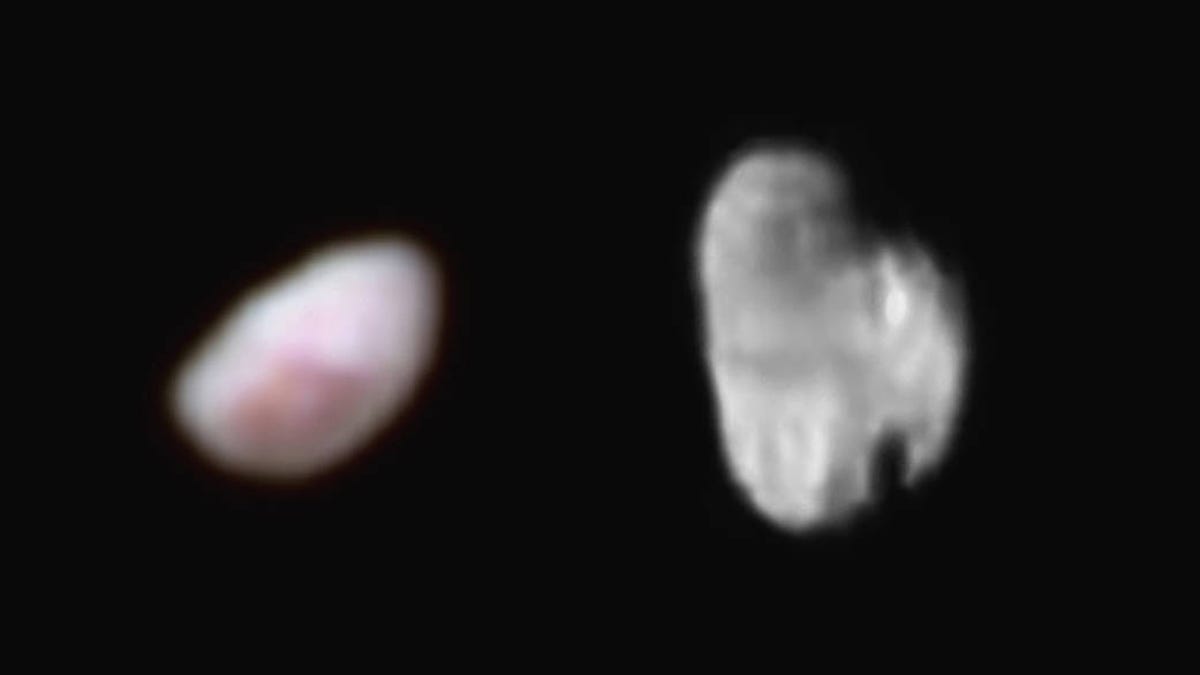Happy nameday, Plutonian moons Nix and Hydra
June 21, 2016 marks the 10th anniversary of the naming of two of Pluto's tiny moons.
The solar system is a vast and mysterious place, and even into the 21st century, there are still discoveries to be made.
In May 2005, the Hubble Space Telescope's Pluto Companion Search Team discovered two new moons orbiting the dwarf planet on the edge of the solar system. On June 21, 2006, 10 years ago today, the two satellites got their official names: The smaller moon was named Nix and the larger Hydra.
Nix was named after Nyx, the ancient Greek goddess of night and mother of ferryman Charon, who lends his name to Pluto's largest moon.
Nix (the name is spelled differently to avoid confusion with asteroid 3908 Nyx) completes an orbit around Pluto every 24.9 days.
Icy moon Hydra is named after the Hydra of Lerna, a nine-headed beast of ancient Greek and Roman mythology, famed for its battle against Heracles as the second of his twelve labours. The nine heads of Hydra are a reference to Pluto's former position as the ninth planet of the solar system.
In addition to the mythological nods, their initials, N and H, are the same as the initials of New Horizons, the space probe launched in January 2006 with a mission to get a closer view of Pluto and the far solar system than we'd ever seen before.
Although their discovery is fairly recent, Nix and Hydra aren't the newest moons to be discovered in the solar system. In 2012, Plutonian moon Styx was discovered. Just last year, a moon was also discovered orbiting Makemake, a dwarf planet all the way out in the Kuiper belt.


